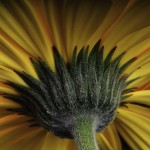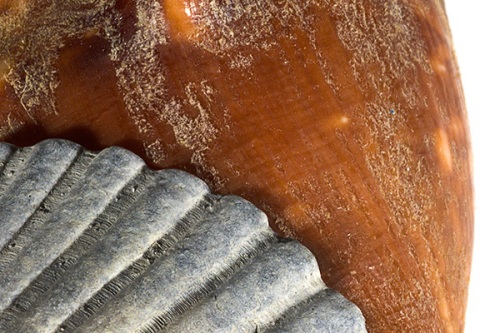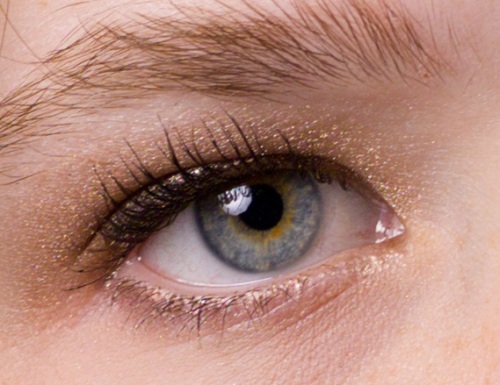You have read that correctly. A Fresno man purchased 2 small boxes 10 years ago for $45, negotiated down from $70 and now reports are coming in that they could be worth upwards of $200 million.
According to the story, 65 glass negatives created by Ansel Adams were believed to have been destroyed in a 1937 fire that had destroyed over 5,000 plates. The plates were created sometime between 1919 and 1935 and included his iconic locations of Yosemite and San Francisco. It is thought that Ansel had used them to teach a photography class in Pasadena and then stored them in a warehouse and never reclaimed them. The original boxes were purchased in a warehouse sale back in the early 1940′s prior to being purchased again in a garage sale in 2000.
So if you are out garage sale hunting, you never know what treasures you may come across.








